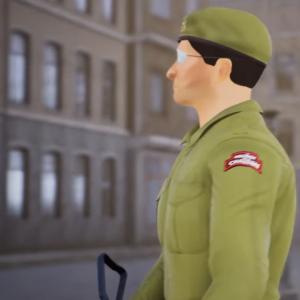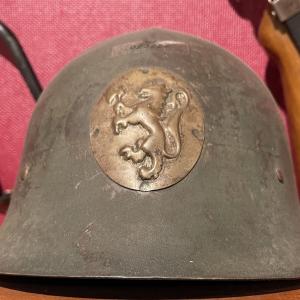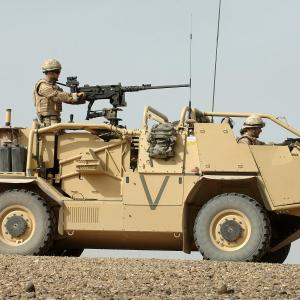
Nagasaki bombing Crew
On August 9, 1945, the United States carried out the second atomic bombing of Japan, targeting the city of Nagasaki. The mission involved a B-29 Superfortress initially assigned to carry the bomb called The Great Artiste, which was piloted by Major Charles W. Sweeney. However, The Great Artiste was equipped with scientific instruments and not modified to carry the atomic bomb, so a last-minute aircraft swap was necessary. The plane carrying the bomb was switched to another B-29 named Bockscar, which was originally commanded by Captain Frederick C. Bock. For the mission, Major Sweeney took command of Bockscar to deliver the bomb, while Captain Bock flew The Great Artiste as part of the observation and instrumentation team. This unusual swap resulted in a situation where the plane named Bockscar was flown by Sweeney, and the plane named The Great Artiste was flown by Bock.
The crew of Bockscar included Major Charles W. Sweeney as aircraft commander, First Lieutenant Charles D. Albury as co-pilot, Captain Kermit K. Beahan as bombardier, Captain James Van Pelt as navigator, Technical Sergeant John D. Kuharek as flight engineer, Technical Sergeant Albert Dehart as radio operator, Technical Sergeant Abe M. Spitzer as radar operator, Sergeant Robert R. Caron as tail gunner, Sergeant Raymond G. Gallagher as assistant engineer and gunner, and Commander Frederick Ashworth from the Navy, who was the weaponeer in charge of the bomb. The bomb carried by Bockscar was the plutonium implosion-type bomb known as Fat Man, weighing approximately 10,300 pounds with an explosive yield of about 21 kilotons of TNT.
The original primary target for the mission was Kokura, home to a large munitions factory. However, upon arrival, heavy cloud cover and smoke obscured the target, preventing a clear visual confirmation. After making several unsuccessful passes over Kokura, Sweeney diverted to the secondary target, Nagasaki, where the bomb was dropped at 11:02 a.m. local time from an altitude of 29,000 feet. Although the bomb missed the city center and landed in the Urakami Valley, the explosion caused widespread devastation.
This mission is remembered not only for its historical impact but also for the unusual circumstances of the aircraft and crew swap. The plane Bockscar, named after Captain Bock, dropped the bomb under the command of Major Sweeney, while Captain Bock piloted The Great Artiste, which was involved in observation. The Nagasaki bombing remains a pivotal moment in history marked by complex logistics and critical decisions under pressure.










